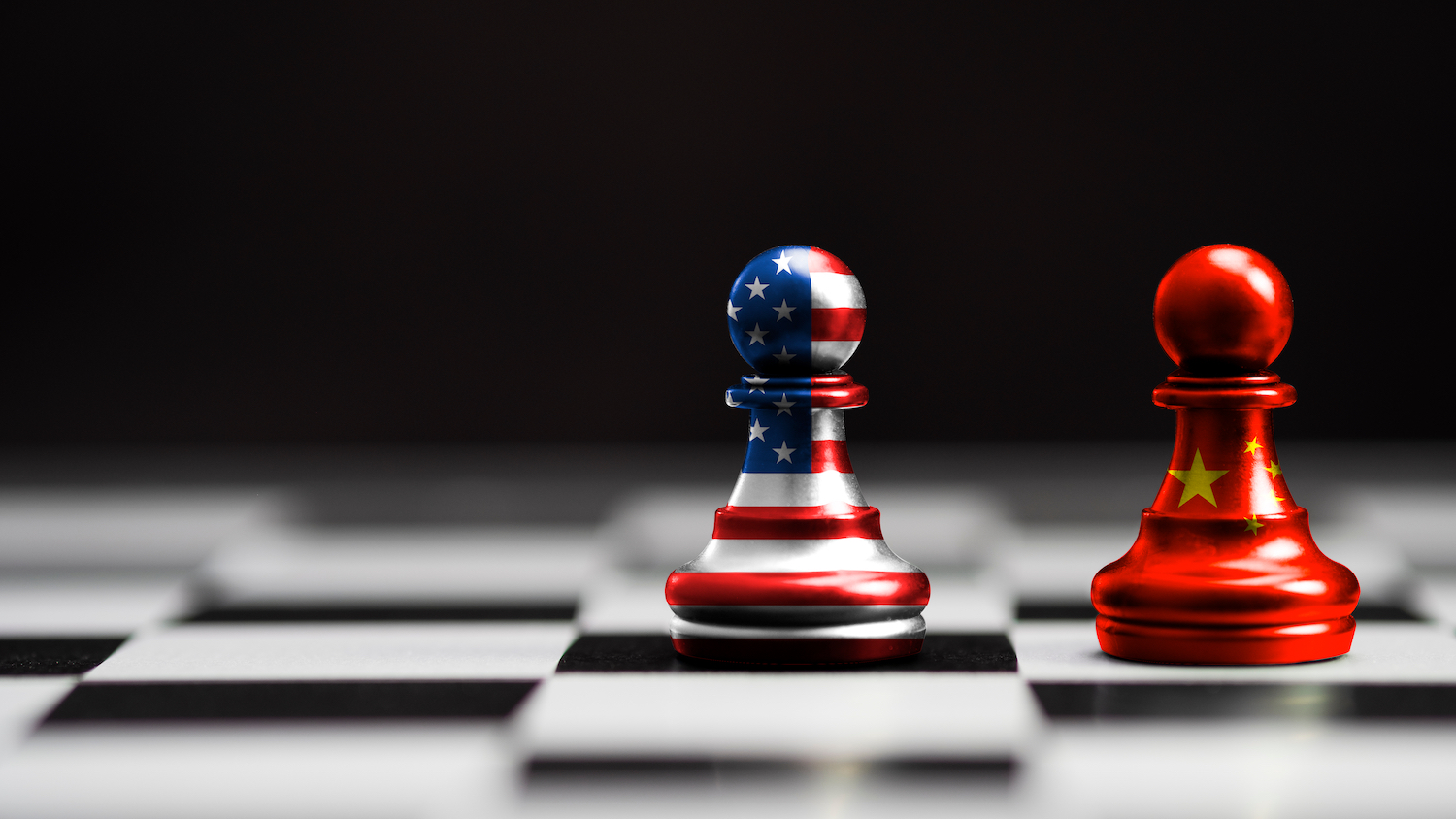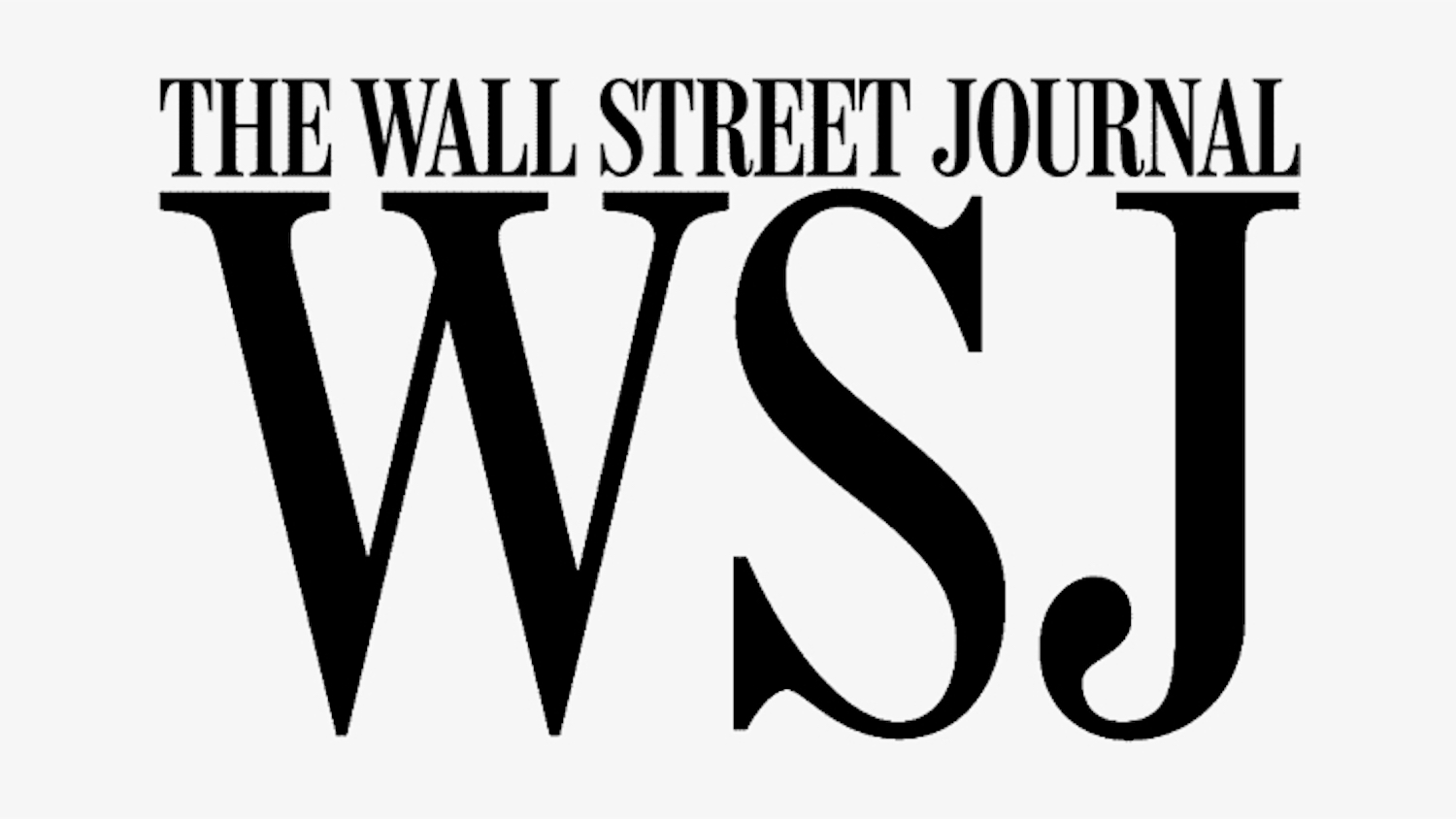Taking the Long View of U.S.-China Trade
Poole College seminar spotlights new research on the roots of trade tension.

The Devils and Wolves seminar series brings high-quality research in international economics to the Triangle.
In this column, Poole College assistant professor Ayse Dur and Poole and CALS College assistant professor Andrew Greenland recap a March 22 seminar where they explained University of Wisconsin research on how the history of US-China trade relations shapes today’s events.
The trade war between the United States and China started when the U.S. levied new tariffs in 2018. But decades of tension over technology, security, and global influence have shaped the current state of relations between the world’s two largest economies.
Two recent studies by Professor Kim Ruhl of the University of Wisconsin-Madison suggest that focusing on the trade war instead of the longer-term tensions misses the bigger picture.
Tariffs—taxes levied by a country on imports of goods—are key policy tools in international trade. They generate revenue, protect domestic industries from foreign competition, and create leverage in trade policy negotiations. By making imported goods more expensive, tariffs encourage consumers to buy relatively cheaper domestically produced goods, thereby supporting local businesses and jobs.
However, while tariffs can benefit certain sectors within the importing country, they can create tit-for-tat tariff escalation between trade partners. That may harm both parties in the long run. While the recent trade war has re-invigorated a focus on tariff policy, the effects of tariffs on U.S.-China trade go much further back.
2001: A new chapter with China?
One of the most studied phenomena in the U.S.-China relationship was the permanent normalization of trade relations between them in 2001. This event cleared the way for China’s entrance into the World Trade Organization (WTO) and guaranteed China access to U.S. markets at the same low tariff rates available to trading partners like Great Britain or Germany.
Previously, the U.S. had only offered China this low-tariff access on a year-to-year basis. With that more conservative approach, the U.S. reserved the right to increase tariffs on China dramatically, should circumstances demand it. That right evaporated with permanent normalization in 2001.
Many economists believed this uncertainty over future tariff rates made economic activity between China and the U.S. particularly risky. If the U.S. suddenly cut off low-tariff access, then Chinese firms who sunk substantial resources into US trade may find themselves suddenly operating in the red. Consequently, those economists argued, the lack of guaranteed low tariff rates substantially deterred Chinese exports to the U.S. until after 2001.
1980: Tariffs fall, but impacts lag
However, Professor Ruhl has a different explanation. His recent paper argues that most of what we see today was actually due to a slow adjustment to a policy shift in 1980—the first year that the U.S. offered China access to low tariff rates.
Prior to 1980, Chinese goods were subject to high tariffs, greatly limiting access to U.S. markets. While the U.S. could have reinstated higher rates any time between 1980 and 2000, the actual risk of this happening quickly disappeared. But it took time for Chinese firms to shift resources and begin exporting to the U.S. Ruhl argues that, ultimately, most of the surge in exports from China to the U.S. in the 21st century was driven by a slow response to the tariff cuts in 1980, not the permanent normalization in 2001.
No matter what triggered this Chinese export growth, the effects on U.S. manufacturing employment have largely been the same. However, this new evidence from Professor Ruhl suggests that the role trade policy plays is in the long term rather than the short-run outcomes. As such, the consequences of recent changes in trade policy (like the U.S.-China trade war) may be playing out for years to come.


